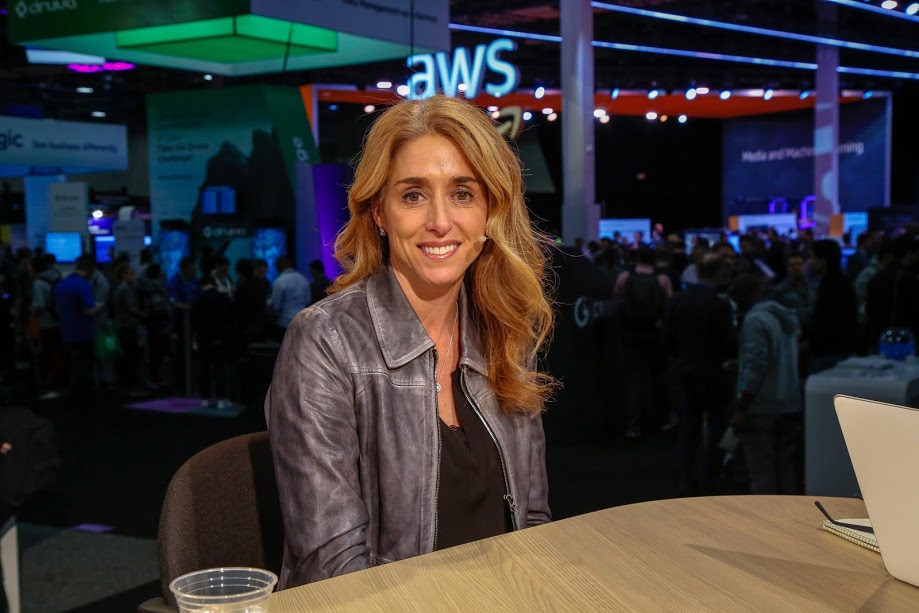 CLOUD
CLOUD
 CLOUD
CLOUD
 CLOUD
CLOUD
Many times in technology, the lines between partners and competitors can get blurred. Technology is, at its core, rarely a zero-sum game; every organization has its strengths, and by working in a collaborative manner, it’s possible for everyone to win.
The world of cloud is a vast one, with market share growing and anticipated to continue to grow — whether it’s public, private or on-prem. Amazon Web Services Inc. and Intel Corp. are two tightly bound companies that collaborate daily on technological innovations and business cases. As AWS’ partner for 12 years, Intel engineers custom solutions that power everything from high-performance computing to artifice intelligence.
“The folks at a company like Amazon … they have the ability, obviously, to attract some of the most amazing talents in the industry,” said Raejeanne Skillern (pictured), vice president of the Data Center Group and general manager of the Cloud Service Provider Platform Group at Intel Corp. “These people move fast, and they have a lot of choices. You can either be there with them, ahead of them, and do the customization and differentiate them and give them what they need, or they’re gonna leave you in the dust.”
Skillern spoke with John Furrier (@furrier) and Dave Vellante (@dvellante), co-hosts of theCUBE, SiliconANGLE Media’s mobile livestreaming studio, during AWS reinvent in Las Vegas. In addition to the AWS-Intel partnership, they spoke of how the data center is still an important component in many organizations’ data plan. (* Disclosure below.)
In the world of public cloud, most people think of software as a service (as taking up most of the bandwidth, with apps such as Twitter and Uber. However, business services are expanding just as quickly and are now on par with the well-known apps’ traffic. The market share of small and medium-size business will continue to grow as much as large, well-known companies that Intel calls the Super 7: Facebook, Google, Microsoft, Amazon, Baidu, Alibaba and Tencent, according to Skillern.
At the beginning of the cloud revolution, the perception was that companies’ own data centers would go away. The thought was, if all the data is in the cloud, why do organizations need to run their own data centers? Actually, with a cloud-centric view of technology, data centers’ usefulness is enhanced and expanded. Rather than proprietary data existing in hidden-away silos, cloud can “open up” the data centers’ compute power to make sharing and expansion that much easier. In a multicloud world, especially with data on the edge, there’s an increasing fluency between on- and off-prem.
“Every workload demands a different set of technology capability, if you want true optimization at the TCO [total cost of optimization] level … that’s why it’s so important for us to work with customers like Amazon, not just to customize one SKU, but many SKUs,” Skillern concluded.
Watch the complete video interview below, and be sure to check out more of SiliconANGLE’s and theCUBE’s coverage of AWS reInvent. (* Disclosure: Intel Corp. sponsored this segment of theCUBE. Neither Intel nor other sponsors have editorial control over content on theCUBE or SiliconANGLE.
THANK YOU